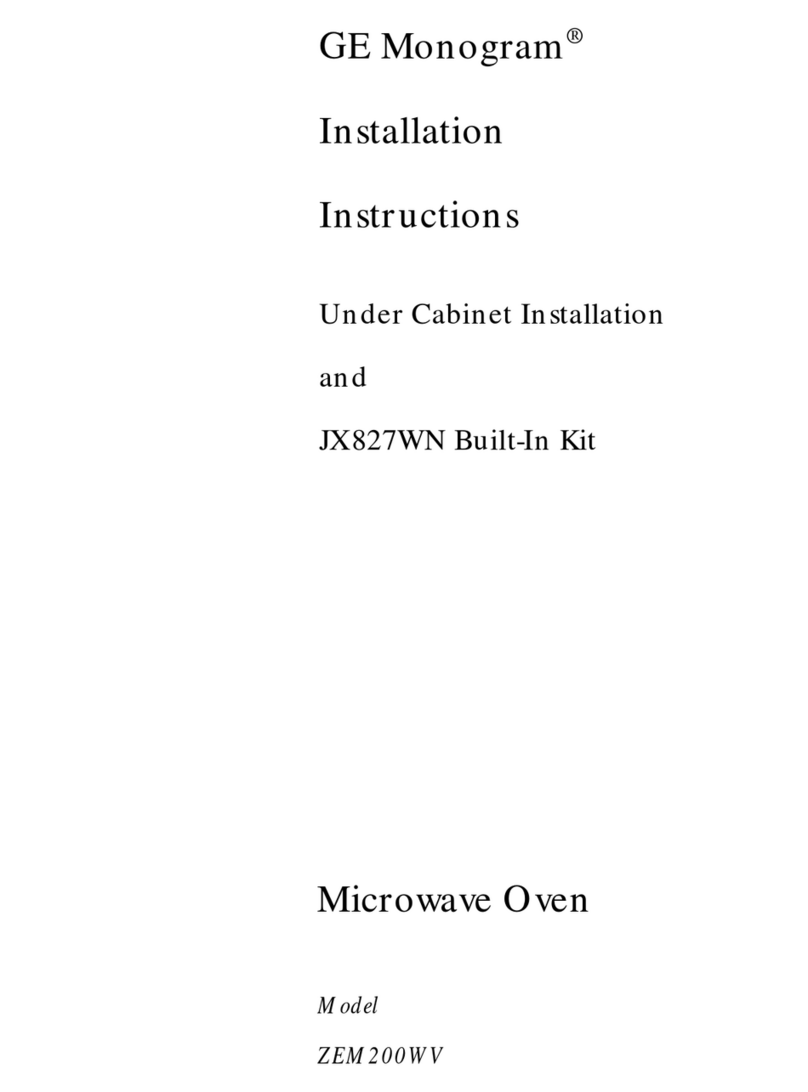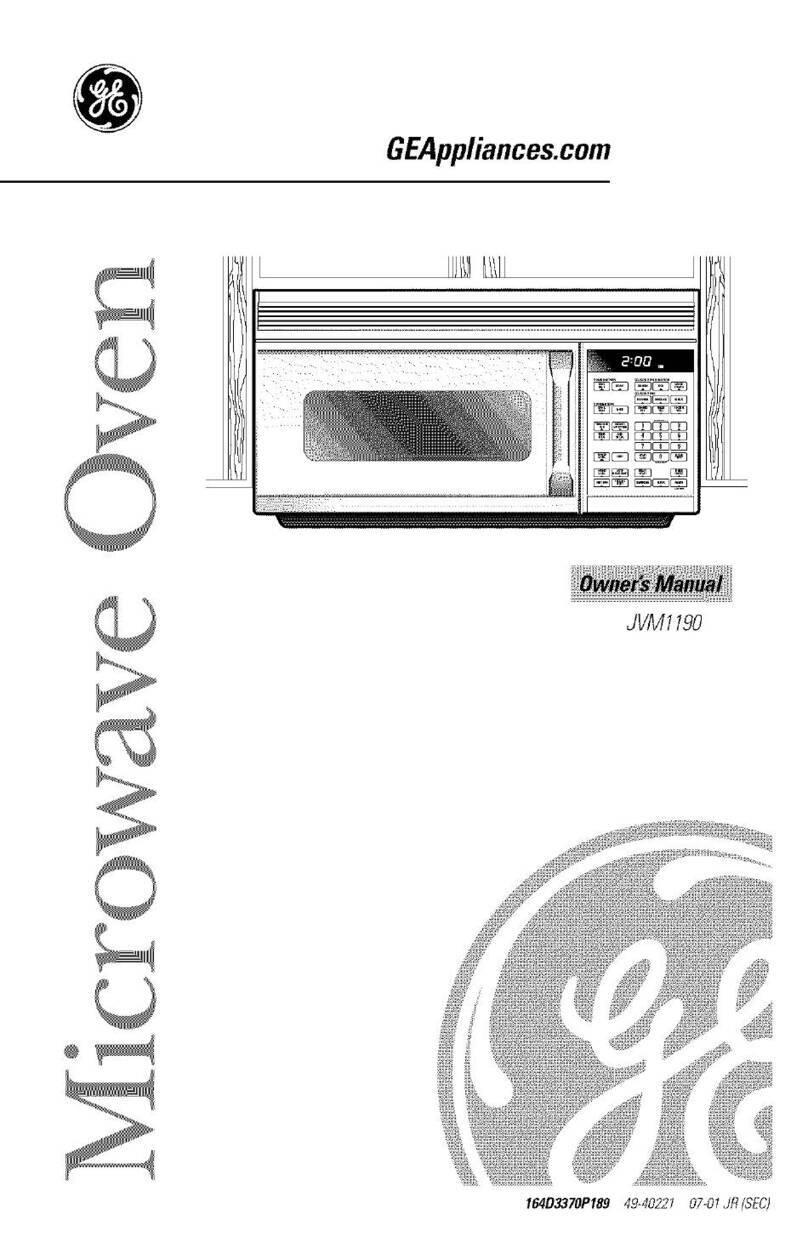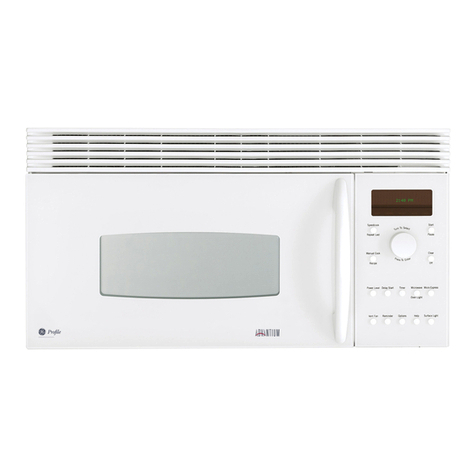GE JE740 User manual
Other GE Microwave Oven manuals
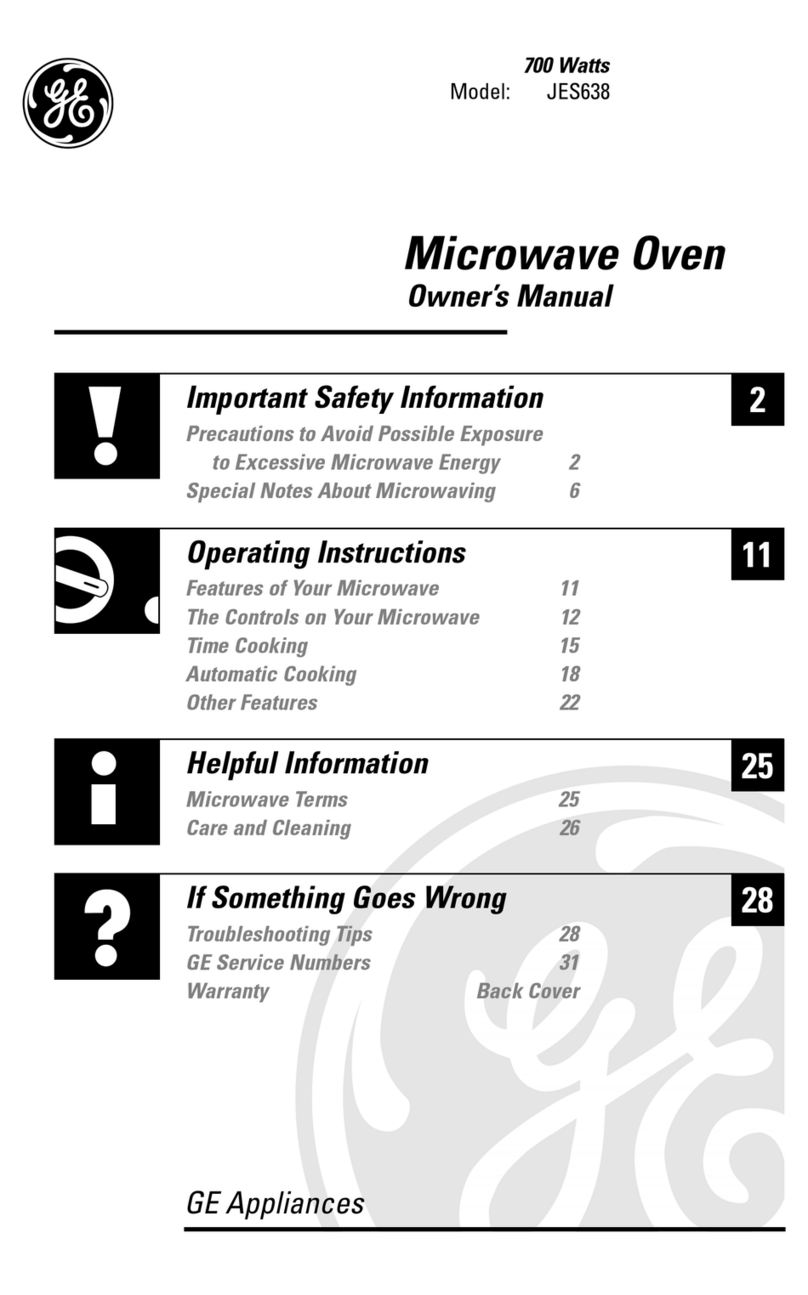
GE
GE JES638 User manual
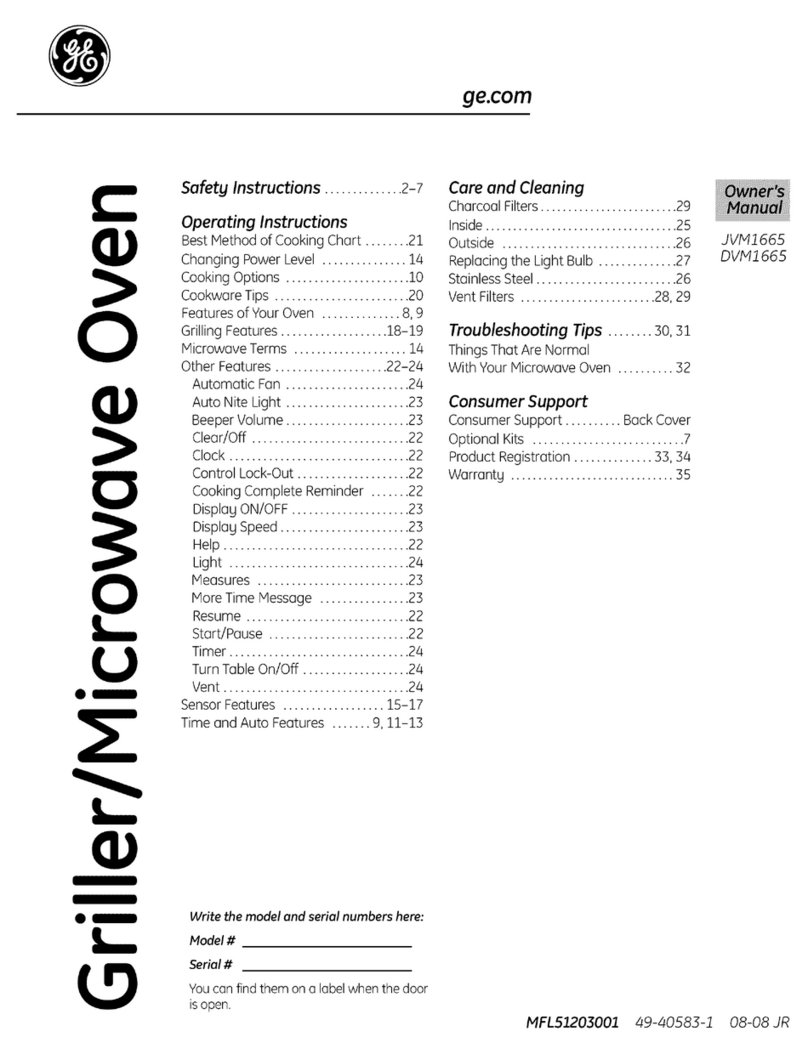
GE
GE JVM1665 User manual
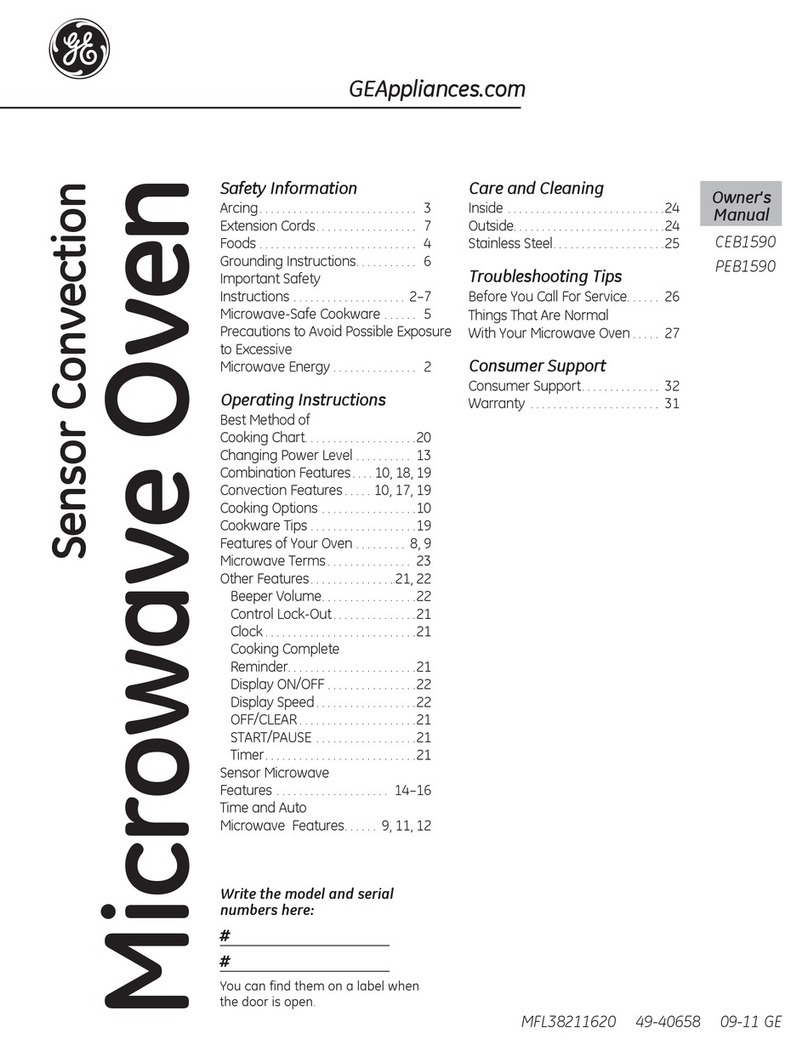
GE
GE CEB1590SSSS User manual
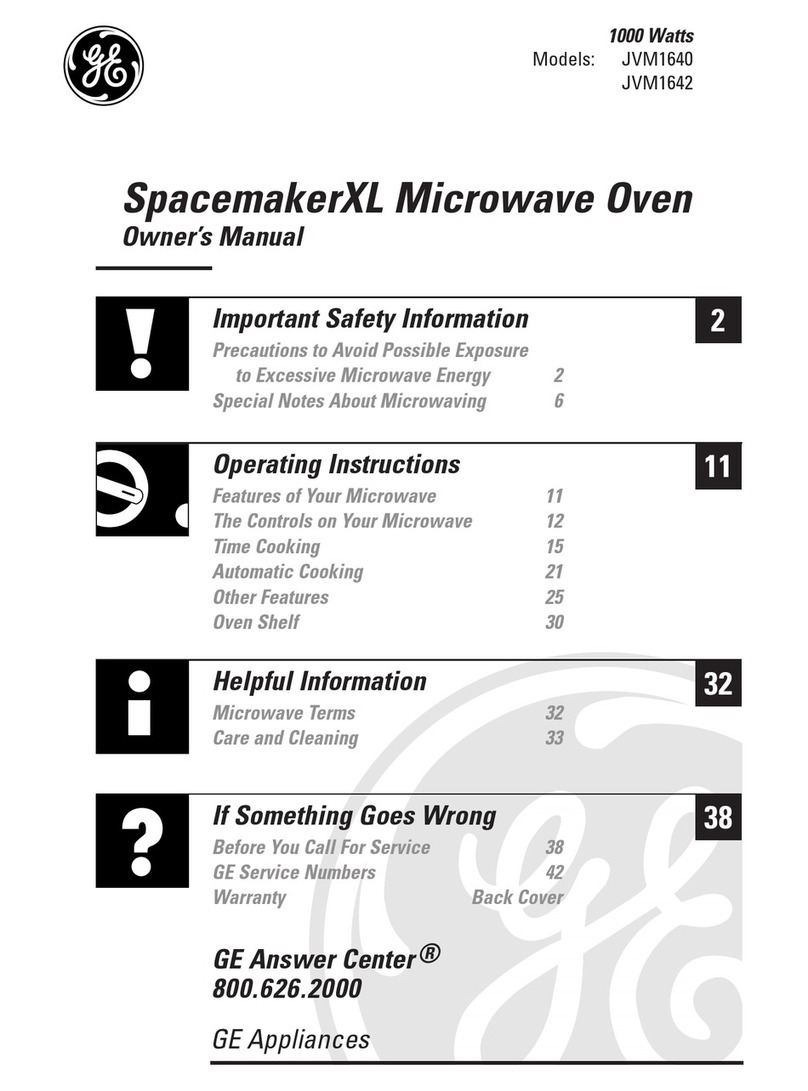
GE
GE SpacemakerXL JVM1640 User manual
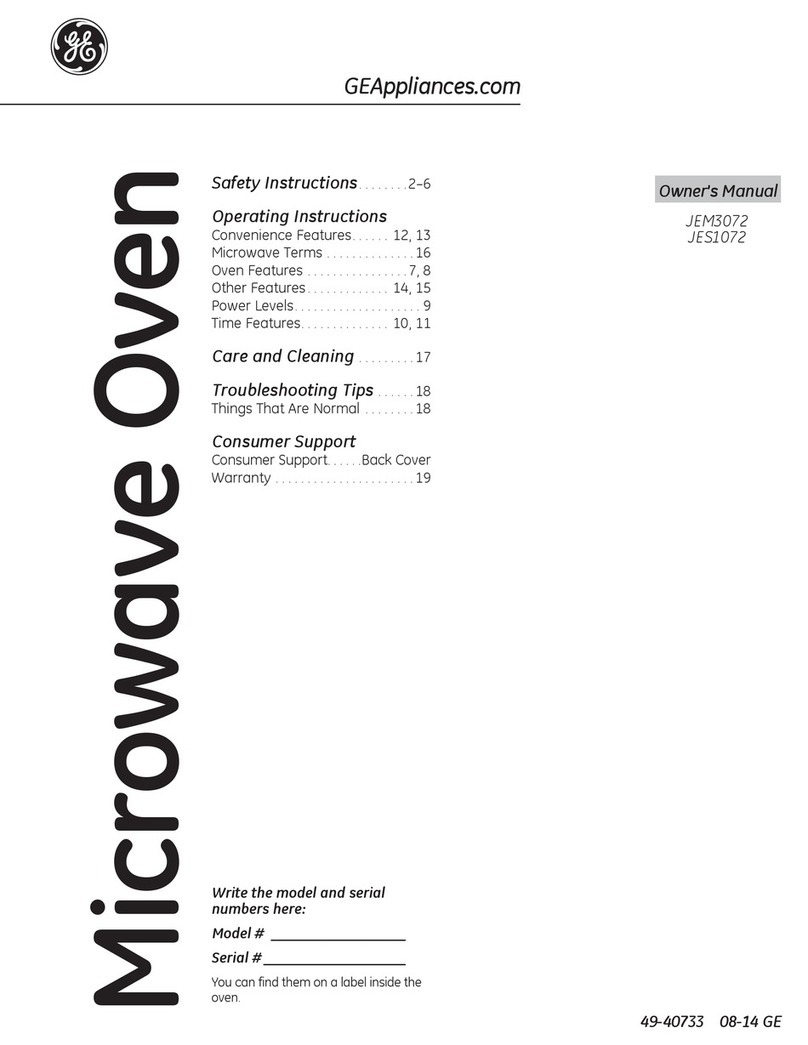
GE
GE JEM3072 User manual

GE
GE WES1130DMBB - 1.1 Cu. Ft. Countertop Microwave... User manual

GE
GE Spacemaker 49-4425 Installation instructions
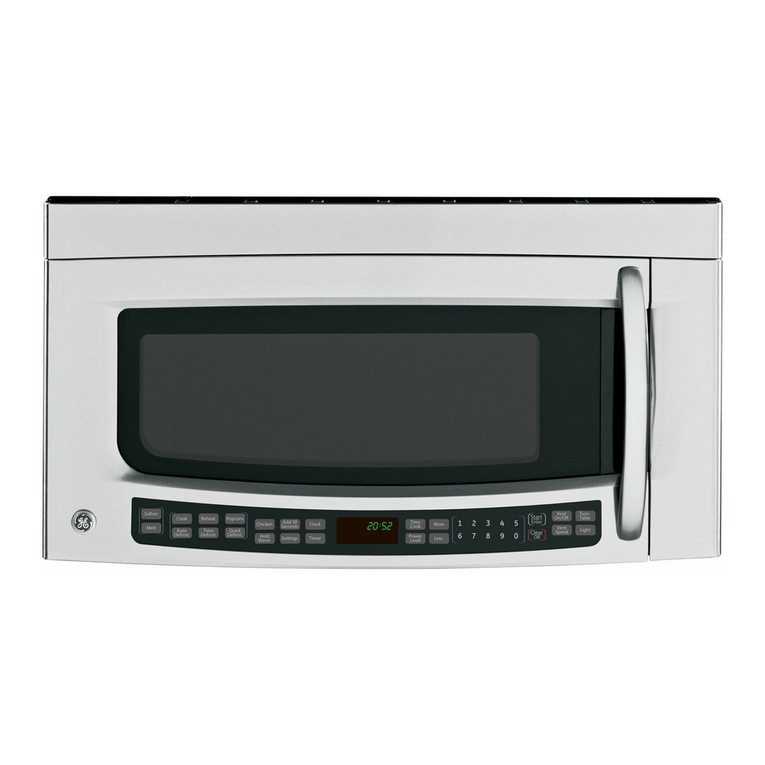
GE
GE JVM2052 User manual
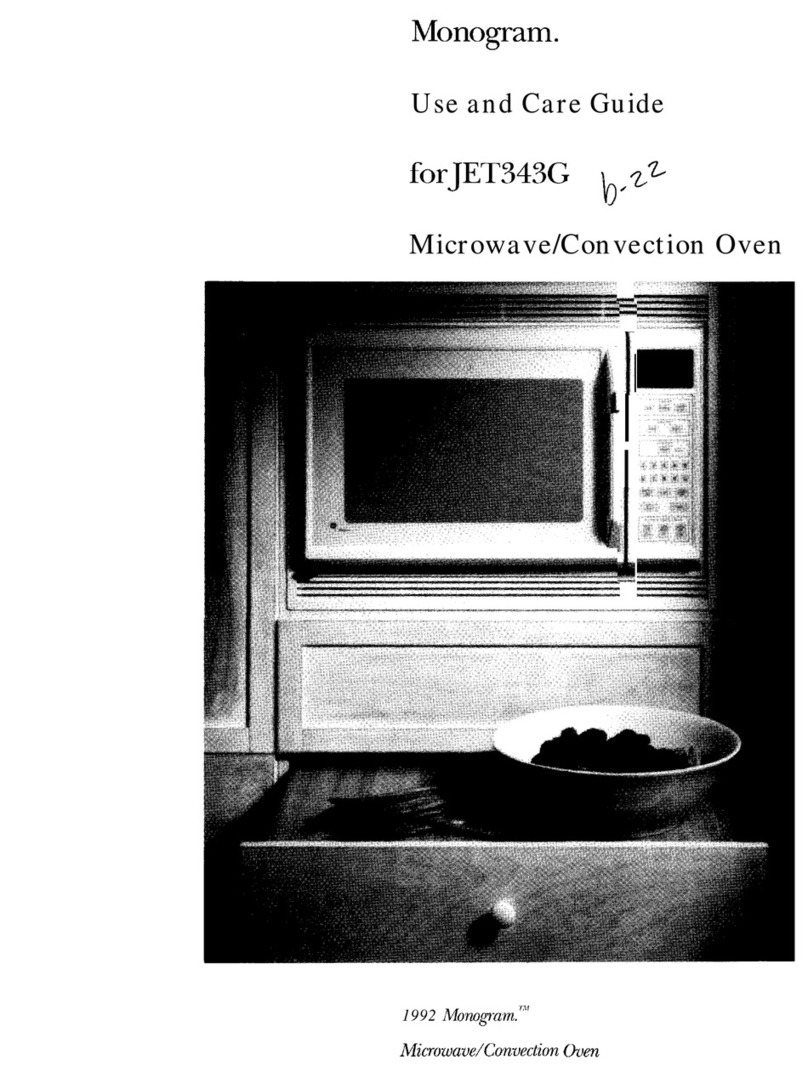
GE
GE Monogam JET343G User manual
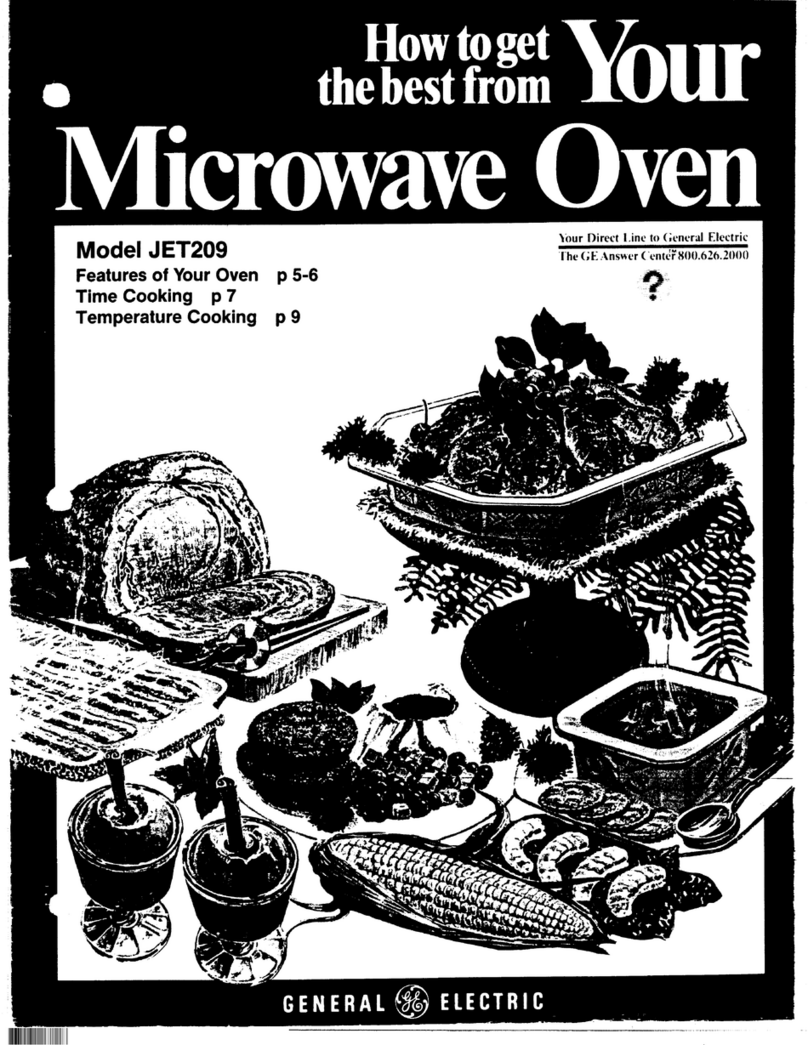
GE
GE JET209 User manual
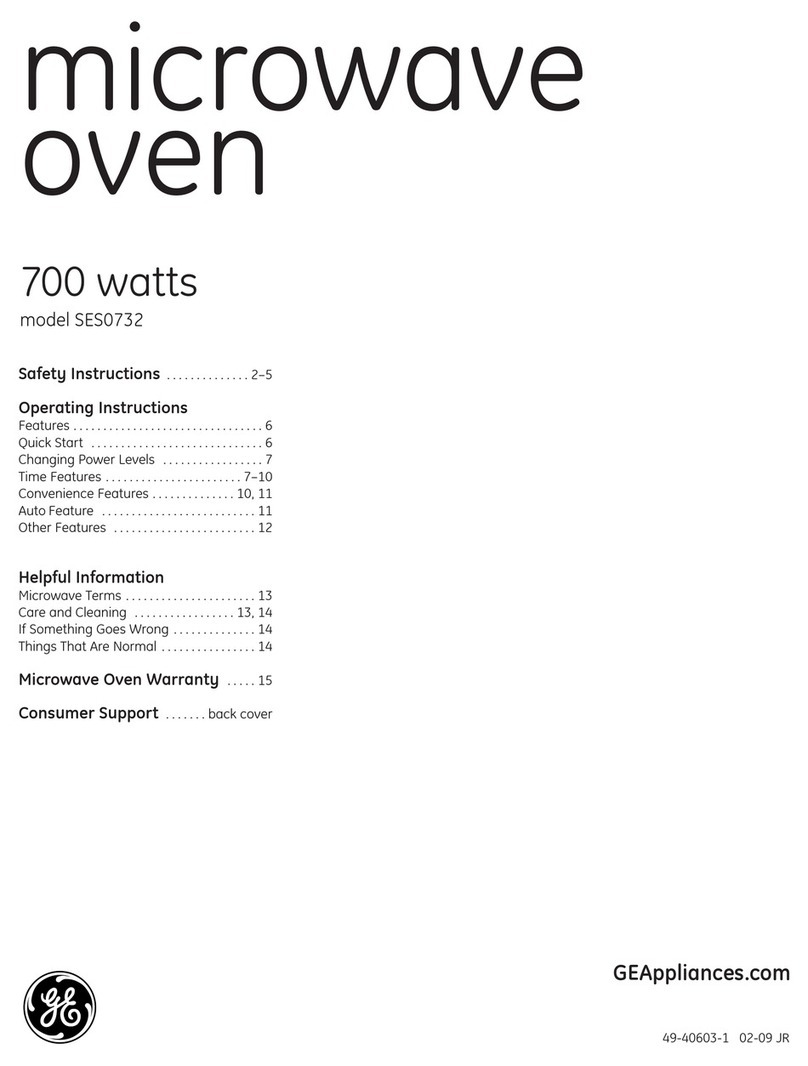
GE
GE SES0732 User manual
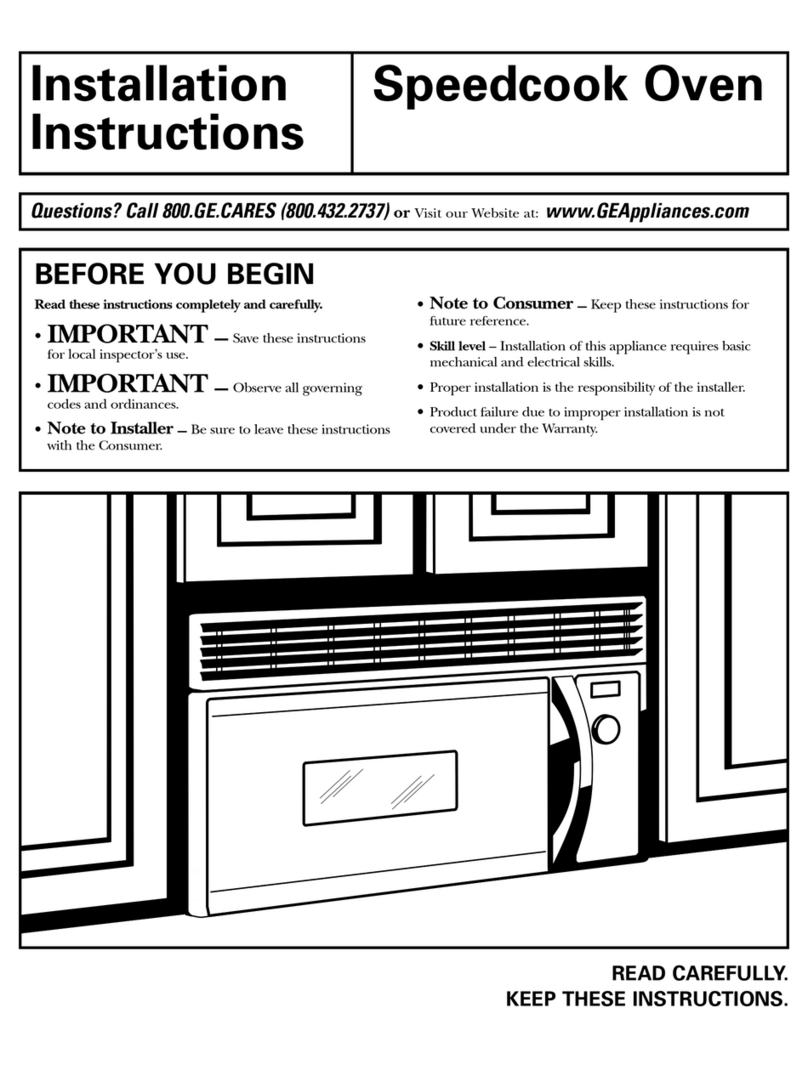
GE
GE Profile Advantium SCA2001KSS User manual

GE
GE JES1380 User manual

GE
GE Spacemaker JNM1951SRSS User manual
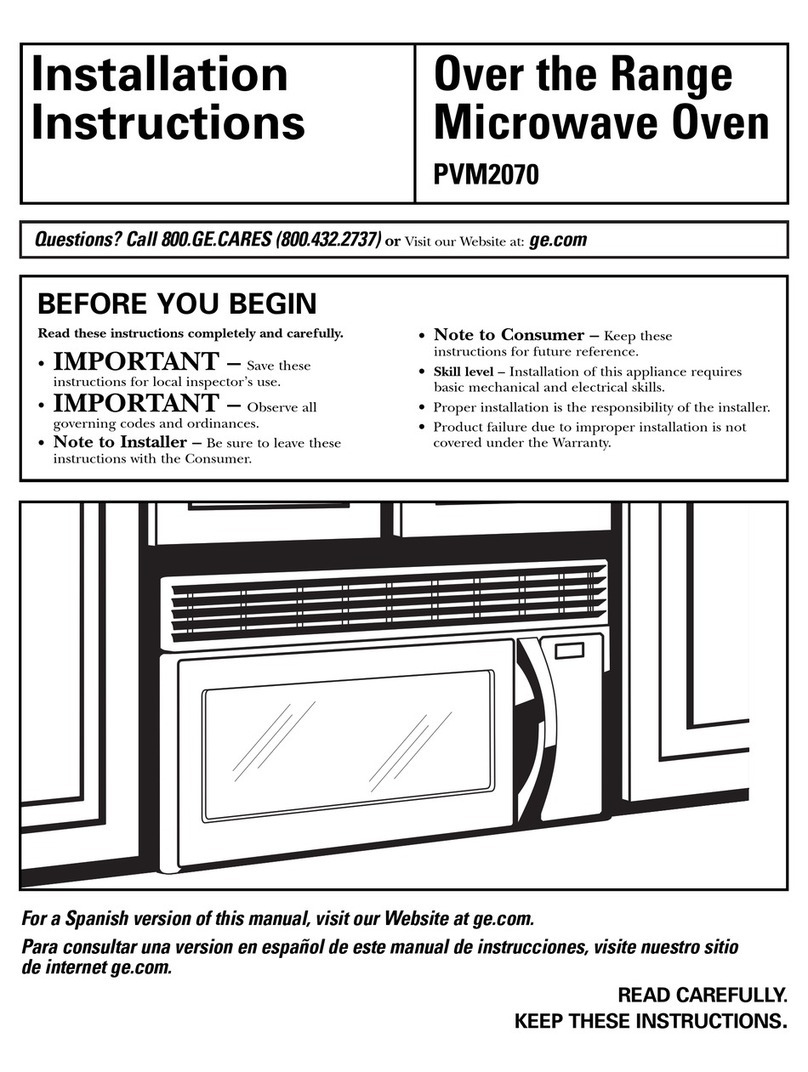
GE
GE Spacemaker PVM2070 User manual
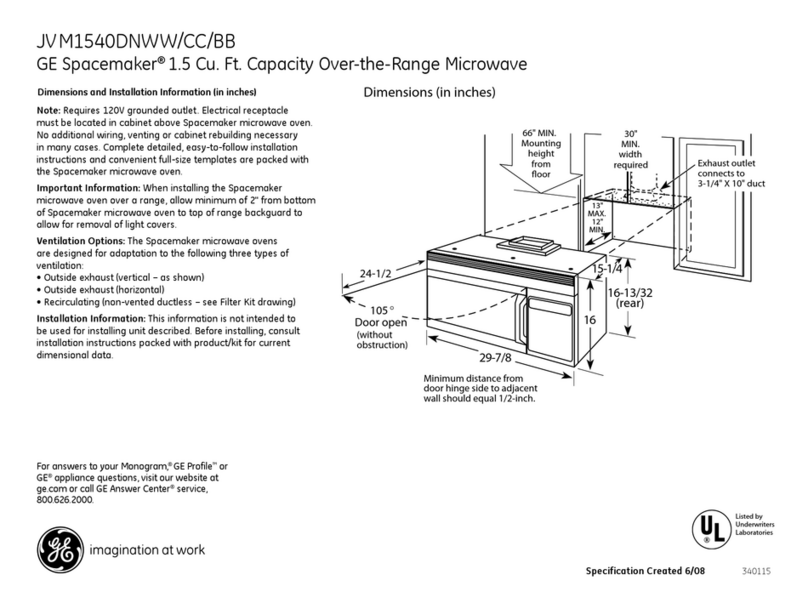
GE
GE Spacemaker JVM1540DNBB User manual
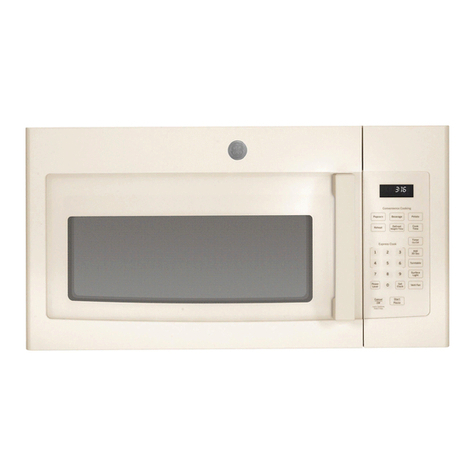
GE
GE JVM3160DFCC User manual
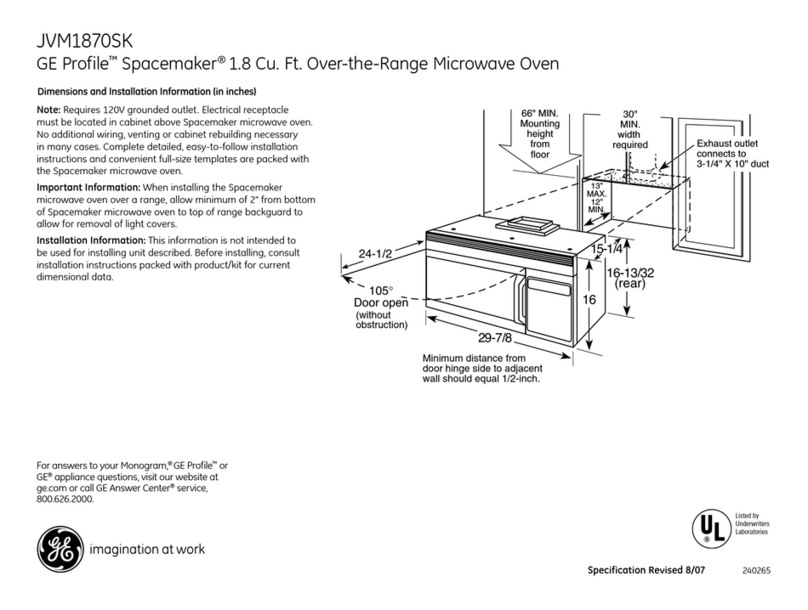
GE
GE Profile Spacemaker JVM1870SK Manual
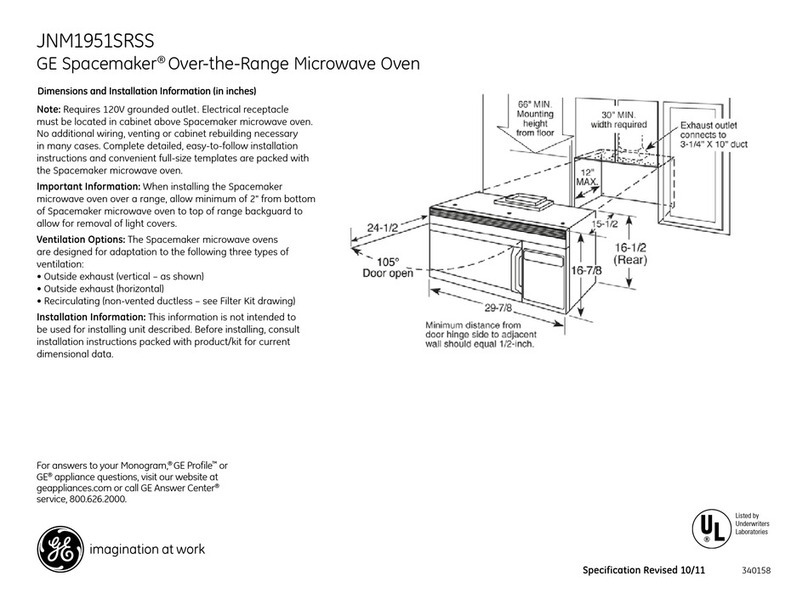
GE
GE Spacemaker JNM1951SRSS Manual
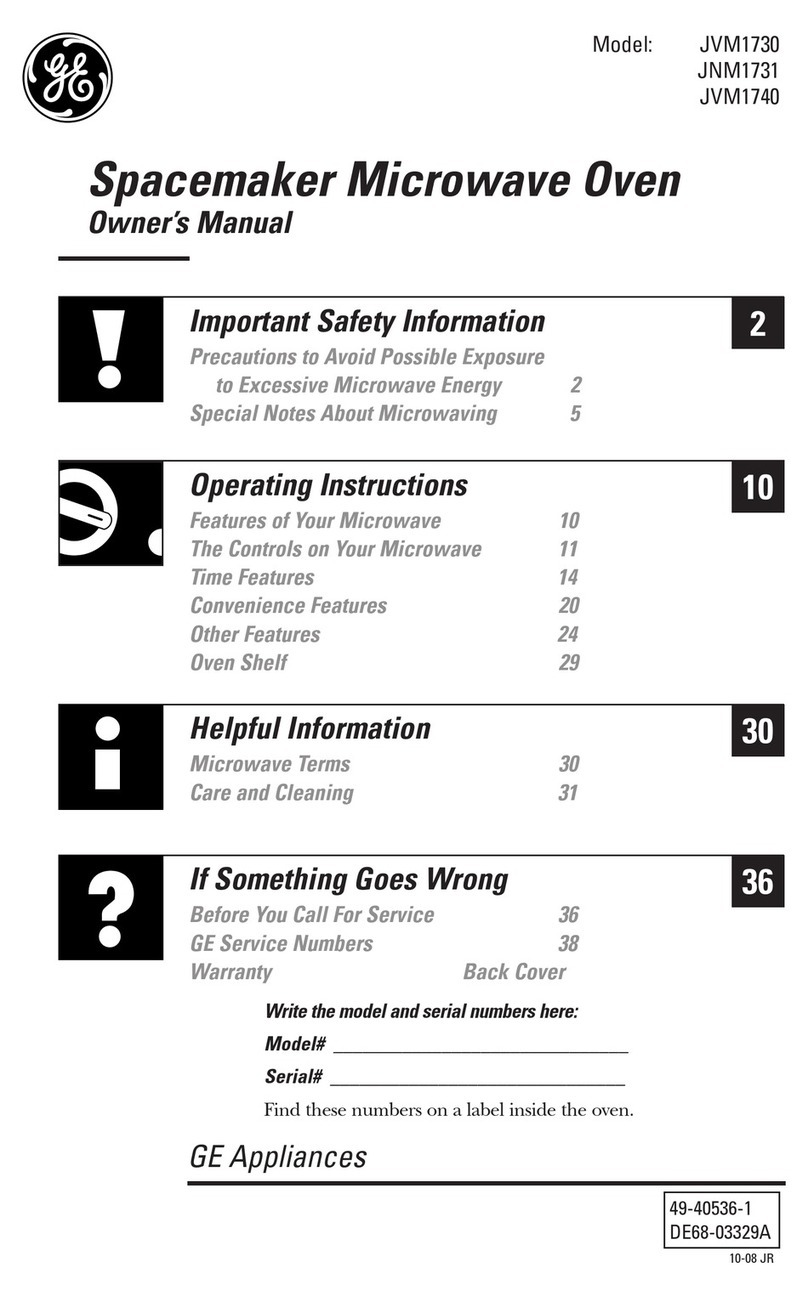
GE
GE Spacemaker JVM1740DM User manual
Popular Microwave Oven manuals by other brands

Conrad Electronic
Conrad Electronic 2372935 operating instructions

DAEWOO ELECTRONICS
DAEWOO ELECTRONICS KOR-6L8K5S83 Operating instructions & cook book

DAEWOO ELECTRONICS
DAEWOO ELECTRONICS KOR-1N5A9S Operating instructions & cook book

Daewoo
Daewoo KQG-6617G Operating instructions & cook book

Samsung
Samsung M1779 Owner's instructions

Miele
Miele H6200BM(TB) Operating and installation instructions

Jocel
Jocel JMO011480 instruction manual

Sharp
Sharp R-752M Operation manual with cookbook

Electrolux
Electrolux EVL8E00X user manual

STOVES
STOVES Q900GRF DO User, installation & servicing instructions

Daewoo
Daewoo KOR-6L0B3S Operating instructions & cook book

KitchenAid
KitchenAid KCMS1555 Use and care guide

